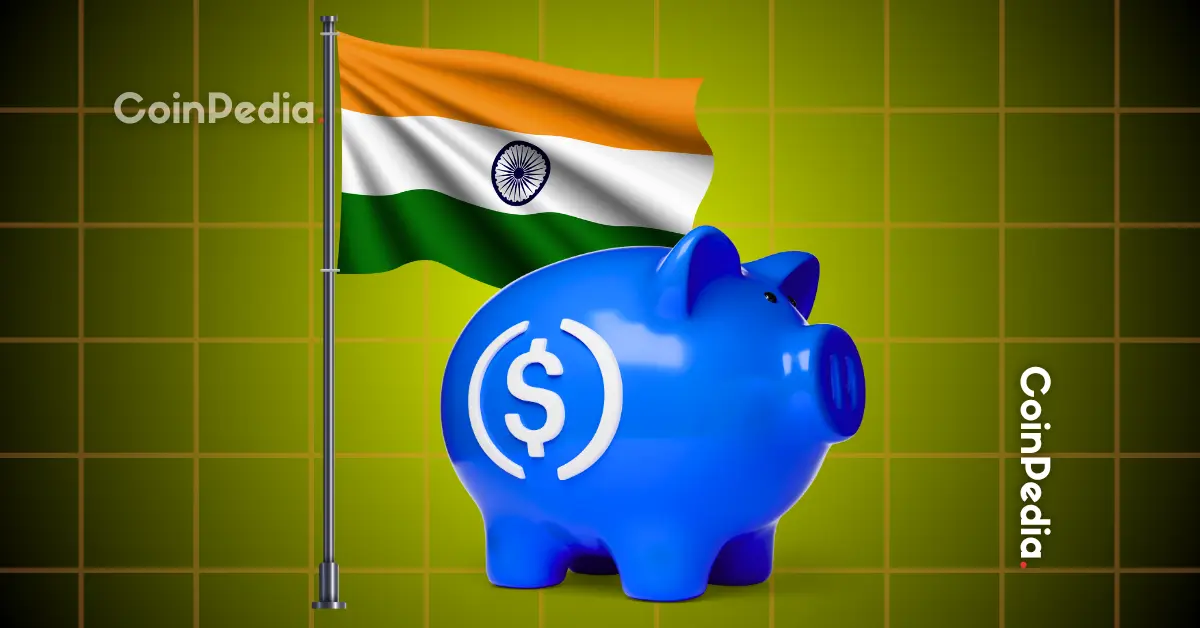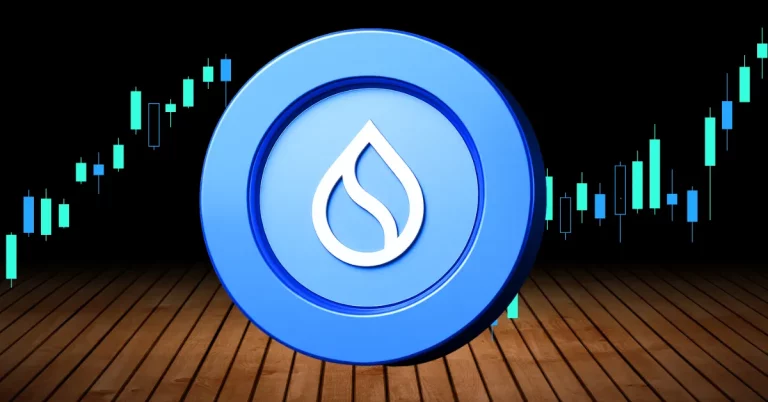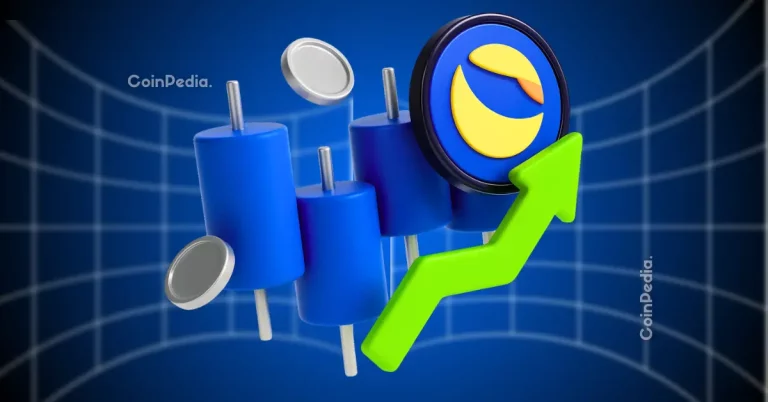
India is making waves in the world of digital finance with the launch of its first sovereign-backed digital token. Developed in partnership with blockchain platform Polygon and fintech firm Anq, the new Asset Reserve Certificate (ARC) aims to modernize the country’s financial ecosystem by leveraging blockchain technology while maintaining full government backing through Indian Government Securities.
Key Features of ARC: A Unique Digital Currency
The ARC token stands apart from global stablecoins such as USDT and USDC due to its unique structure. Each ARC token represents an equivalent value of Indian Government Securities or Treasury Bills, ensuring full transparency and stability. Unlike dollar-pegged tokens that divert liquidity offshore, ARC tokens are tied to the Indian Rupee and focus on keeping liquidity within India to support domestic economic growth.
A Collaborative Approach to Innovation
This project introduces a two-layer Rupee framework. The Reserve Bank of India’s (RBI) Digital Rupee serves as the official settlement system, while ARC functions as a programmable layer developed by regulated private entities like Anq and Polygon. This approach allows the government to retain control over monetary policy while fostering innovation in the private sector.
Polygon’s co-founder, Sandeep Nailwal, recently expressed confidence that the INR-backed stablecoin would be rolled out within months. His optimism has stirred excitement across the cryptocurrency and fintech sectors, positioning India as a pioneer in sovereign-backed digital currencies.
The Financial and Economic Impact
Demand for ARC tokens is directly tied to demand for Indian Government Securities, creating a sustainable loop that indirectly supports government funding without additional taxation. This innovative model has the potential to redefine digital finance in India by establishing a robust, transparent, and regulated financial ecosystem.
While some crypto enthusiasts, such as commentator Josh, have expressed concerns about centralization within the ARC model, the project’s alignment with India’s fiscal and monetary policies showcases its potential as a reliable and sovereign-backed financial instrument. Critics argue that it may not align with the decentralized ethos of traditional blockchain projects, but supporters see ARC as a significant step in modernizing India’s financial landscape.
Conclusion: What This Means for Digital Finance
India’s ARC token is more than just a technological innovation; it’s a symbol of how digital assets can coexist with traditional financial systems. Its launch marks the beginning of a new era for India’s financial ecosystem, setting the stage for a more transparent, innovative, and sustainable digital economy.
Looking for ways to delve deeper into the blockchain world? Check out the best financial tools that provide insightful analysis of cryptocurrency trends and help streamline your investment strategy, all while keeping up with the latest developments in digital finance.


